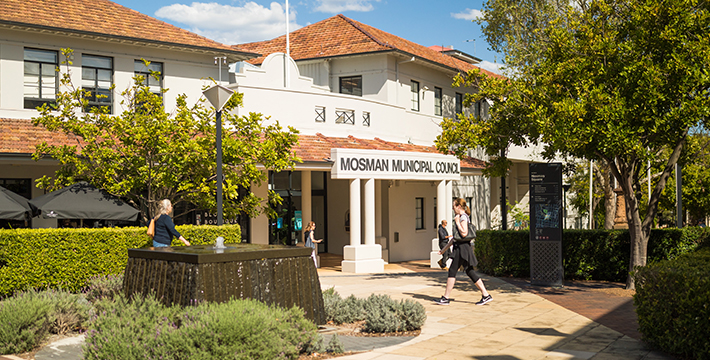BY AMA PRESIDENT DR TONY BARTONE
I was surprised to read a recent article in Australian Doctor that included patently incorrect claims about general practice, a confused perspective on Medicare funding, and a one-dimensional understanding of health care in general.
I was not surprised to see that the source for the article was a senior member of the Pharmacy Guild.
Despite the outstanding contribution general practice continues to make to Australian health, this poorly-informed article attacked GPs in what can only be described as a cynical attempt to bolster the retail presence of Guild members, regardless of the impact on health care.
Let’s be clear: GPs are the beating heart of the Australian healthcare system. Around 88 per cent of Australians see a GP at least once a year, and we manage 90 per cent of the problems we encounter. The 2019 Productivity Commission Report on Government Services (ROGS) showed that we do it well, with extremely high levels of satisfaction with GPs, as well as high levels of accessibility. We do this despite years of chronic underfunding and poorly structured payment models.
GPs are the highest trained general health professionals in Australia. We have the training and the skills required to not just deal with a patient’s health issue when they present at our practice, but to discuss our patient’s health and wellbeing with them, and to identify other issues before or as they emerge.
When a young man visits his GP for the first time in 12 months for an acute illness, his GP has an opportunity to discuss his general state, his mental health, his lifestyle and behaviours. This is the value of a consultation with a GP – prevention and whole-person care. It is also why the average GP consultation lasts around 15 minutes.
The 2019 ROGS reported that there were about 2.9 million GP-type presentations public hospitals in 2017-18. The AMA is concerned by this figure, but not surprised. General practice has been underfunded for a decade or more. Investment in general practice can help address this, but we are not just asking for more money, we are asking for support to provide the services that Australians need.
In our 2019-20 Pre-Budget Submission, we called for funding for a care coordination program for patients with chronic disease through a quarterly payment to GPs, supporting a more pro-active and team-based approach to care. We also called for improved access to after-hours GP services and MBS items for GP telehealth consultations. These programs will reduce unnecessary hospitalisations. We want an end to the disincentives the current Medicare scheme has built into the system that penalise GPs for providing high-quality care.
Reports that 7 per cent of Australians delayed or avoided purchasing medicines highlight that pharmacy has problems of its own that it must address. And let’s not forget the booming complementary medicines industry which is now worth $4.9 billion; much of this now sold over the counter in pharmacies. If Australians have to spend money on their health, the AMA wants them to spend it on medicines and therapies that are supported by evidence, and that work.
General practice does not upsell its patients. It identifies an illness, it manages it with the patient, it leverages relationships with patients to discuss those difficult topics during routine encounters. When a patient comes in with a urinary tract infection, for example, it is a chance to discuss any number of other issues which a pharmacist does not have the training nor the understanding to treat. Simplistic proposals that encourage patients to visit pharmacists instead are a poor option for patients, and fragment care. The opportunity for early intervention is lost, which ultimately costs the health system more.
We know that health systems in countries with comprehensive primary health care are the most efficient and effective, both in terms of lower overall costs and generally healthier populations. Patients have every right to see an appropriately trained and qualified practitioner – a GP. Pharmacists have their role in the health system, but the reality is that they do not have the same training, skills or experience as a GP.
General practice is the foundation upon which the Australian health care system is built. Issues with this foundation have emerged from years of neglect and underinvestment. The solutions are not simple, and they won’t occur overnight, but the AMA has a simple message: start by funding general practice properly.
We all have our roles to play in the health system and we must work together to ensure that we achieve the best outcomes. The AMA respects pharmacists and our members have good collaborative relationships with them at the local level. We have led the way to develop a model to support non-dispensing pharmacists to work in general practice and from July onwards, general practices can apply for funding to employ a non-dispensing pharmacist. Collaboration, not fragmentation, is the key.







